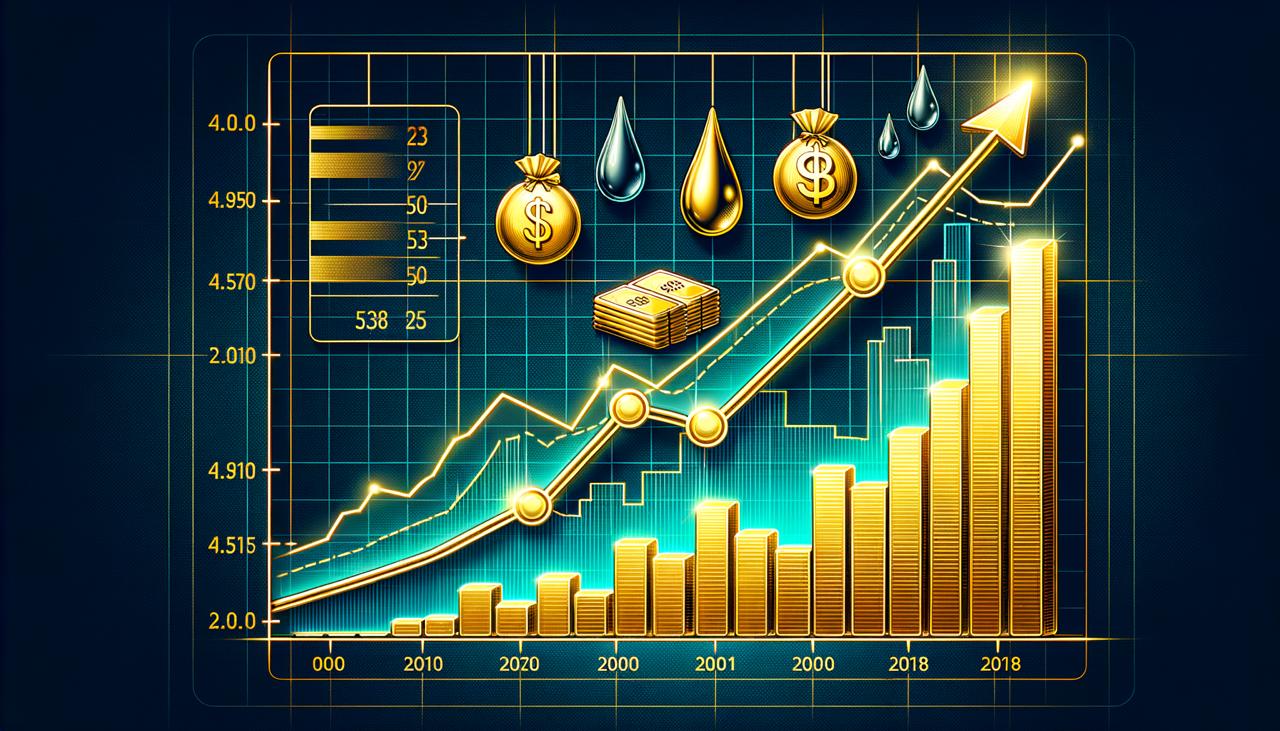According to a new report published by Citi analysts, the prices of gold and oil are forecasted to increase significantly, with gold potentially reaching $3000 per ounce and oil hitting $100 per barrel. This prediction is based on a variety of factors, including central banks purchasing gold at an accelerated pace. It is noted that Russian and Chinese central banks are leading the gold purchases, with India, Turkey, and Brazil also following suit.
The surge in gold prices is largely attributed to the de-dollarization phenomenon taking place among emerging market central banks, which could lead to a crisis of confidence in the U.S. dollar. This, in turn, could prompt central banks to accelerate their gold purchases, potentially doubling the current levels and challenging jewelry consumption as the primary driver of gold demand.
Furthermore, the potential for a deep global recession that prompts the U.S. Federal Reserve to cut rates is identified as another factor that could drive gold prices up to $3000. This scenario would be driven by a significant increase in central bank demand for gold.
As for oil, the forecast indicates the possibility of it reaching $100 per barrel. The report cites various global factors such as higher geopolitical risks, deeper OPEC+ cuts, and supply disruptions from key oil-producing regions as potential triggers for the surge in oil prices. The ongoing conflict between Israel and Hamas, as well as the vulnerability of oil-producing countries like Iraq, Iran, Libya, Nigeria, and Venezuela to supply disruptions, are also contributing to the heightened predictions for oil prices.
Additional Insight:
The forecasted prices for gold and oil are heavily influenced by both global economic conditions and geopolitical factors. Central bank activities, the de-dollarization phenomenon, and the potential for a global recession contribute to the outlook for gold, while issues such as geopolitical risks and supply disruptions impact the oil market. Furthermore, the projections highlight the interconnected nature of financial markets, as factors in one sector can have ripple effects across various commodities and assets.









